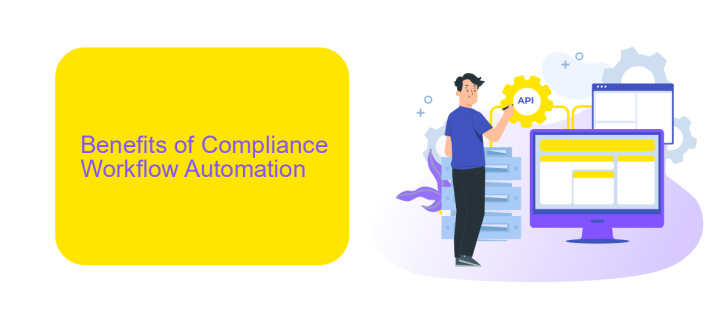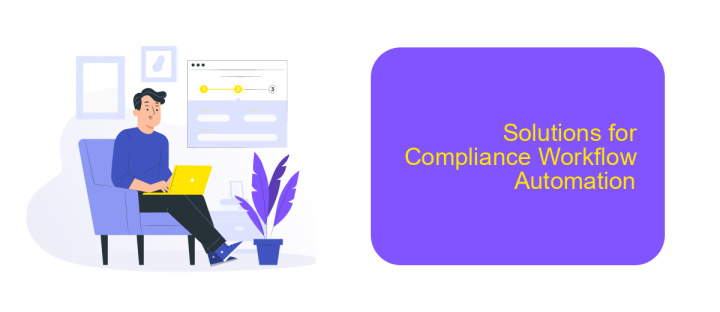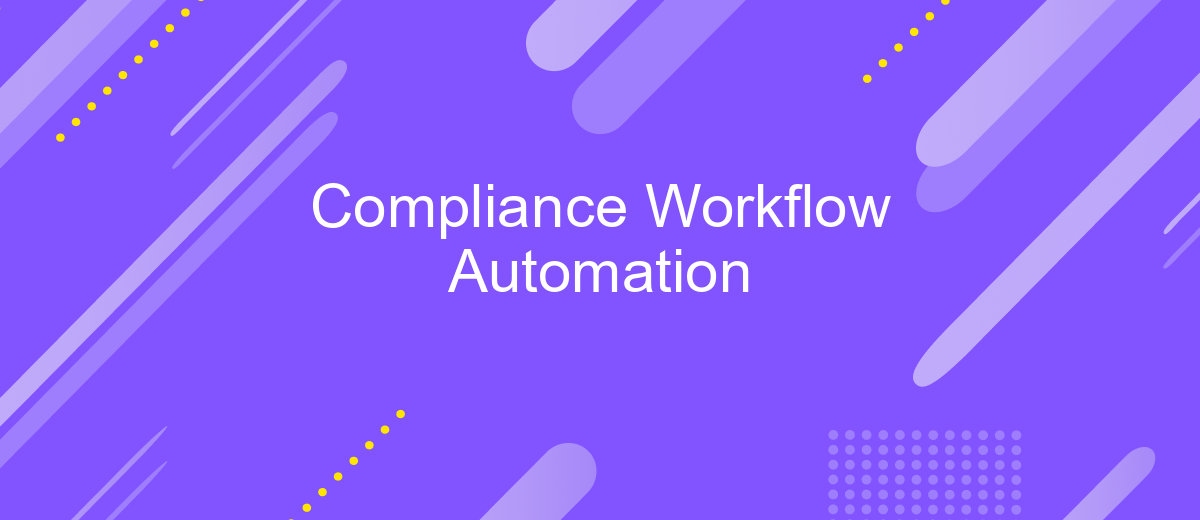Compliance Workflow Automation
In today's rapidly evolving regulatory landscape, compliance workflow automation has become a critical tool for businesses to ensure adherence to legal and industry standards. By streamlining and automating compliance processes, organizations can reduce risks, enhance efficiency, and maintain robust control over their operations. This article explores the benefits, challenges, and best practices for implementing compliance workflow automation in your organization.
Introduction
Compliance Workflow Automation is a critical aspect of modern business operations, ensuring that organizations adhere to regulatory standards efficiently. Automating compliance workflows not only reduces the risk of human error but also enhances the speed and accuracy of compliance-related tasks. This process involves the integration of various software tools and services to streamline compliance checks, reporting, and documentation.
- Reduces manual effort and human error
- Enhances accuracy and speed of compliance tasks
- Streamlines reporting and documentation
- Integrates with existing software tools
One of the services that significantly aid in automating compliance workflows is ApiX-Drive. This platform allows seamless integration of various applications, enabling businesses to automate data transfers and compliance checks effortlessly. By leveraging ApiX-Drive, organizations can ensure that their compliance processes are not only efficient but also scalable, adapting to the ever-changing regulatory landscape.
Benefits of Compliance Workflow Automation

Compliance workflow automation offers numerous benefits, notably enhancing efficiency and accuracy in regulatory processes. By automating repetitive tasks, organizations can significantly reduce the time and resources required for compliance management. This leads to quicker response times and ensures that compliance checks are consistently thorough and up-to-date. Automated workflows also minimize the risk of human error, ensuring that all regulatory requirements are met with precision and consistency.
Additionally, integrating compliance automation with other business systems can streamline operations further. Tools like ApiX-Drive facilitate seamless integration between various platforms, enabling data to flow effortlessly across systems. This not only simplifies the compliance process but also ensures that all relevant information is synchronized and accessible in real-time. As a result, organizations can maintain a robust compliance posture while focusing on their core business activities, ultimately leading to improved productivity and reduced operational risks.
Challenges in Implementing Compliance Workflow Automation

Implementing compliance workflow automation presents several challenges that organizations must navigate to ensure effectiveness and efficiency. These challenges range from technical difficulties to human factors, each requiring careful consideration and strategic planning.
- Integration Complexity: Integrating various software systems and ensuring seamless data flow can be complex. Tools like ApiX-Drive can simplify this process by providing reliable integration solutions, but initial setup and customization still require significant effort.
- Data Security: Ensuring the security and privacy of data during automation is paramount. Organizations must implement robust security measures to protect sensitive information from breaches and unauthorized access.
- User Adoption: Getting employees to adopt new automated workflows can be challenging. Adequate training and change management strategies are essential to facilitate smooth transitions and enhance user engagement.
Addressing these challenges involves a combination of technological solutions and organizational strategies. By leveraging tools like ApiX-Drive for integration and focusing on security and user adoption, organizations can effectively implement compliance workflow automation and achieve their compliance objectives.
Solutions for Compliance Workflow Automation

Compliance workflow automation is essential for organizations to ensure they meet regulatory standards efficiently. By automating compliance processes, companies can reduce the risk of human error and streamline their operations. Automation tools can handle repetitive tasks, allowing employees to focus on more strategic activities.
One effective solution for compliance workflow automation is the use of integration services like ApiX-Drive. This platform enables seamless data transfer between various systems, ensuring that compliance-related information is consistently updated and accurate. ApiX-Drive supports numerous integrations, making it a versatile tool for any organization.
- Automated data synchronization across multiple platforms
- Real-time monitoring and reporting of compliance status
- Customizable workflows to fit specific regulatory requirements
- Reduced manual intervention, minimizing the risk of errors
Implementing these solutions can significantly enhance an organization's ability to maintain compliance. By leveraging tools like ApiX-Drive, companies can ensure that their compliance workflows are efficient, accurate, and adaptable to changing regulations. This not only saves time and resources but also provides peace of mind knowing that compliance requirements are consistently met.
Conclusion
Compliance Workflow Automation has emerged as a pivotal solution for organizations striving to maintain regulatory standards while enhancing operational efficiency. By automating compliance processes, businesses can significantly reduce the risk of human error, ensure timely adherence to regulations, and streamline their overall workflow. This not only saves time and resources but also fosters a culture of accountability and transparency within the organization.
Furthermore, integrating tools like ApiX-Drive can amplify the benefits of compliance automation. ApiX-Drive facilitates seamless integration between various applications and services, ensuring that compliance data flows effortlessly across systems. This integration capability allows for real-time monitoring and reporting, enabling organizations to stay ahead of compliance requirements. In conclusion, embracing Compliance Workflow Automation, complemented by robust integration tools, is a strategic move that can drive sustainable compliance and operational excellence.
FAQ
What is Compliance Workflow Automation?
How can Compliance Workflow Automation benefit my organization?
What types of compliance tasks can be automated?
How do I integrate Compliance Workflow Automation with my existing systems?
What are the initial steps to implement Compliance Workflow Automation?
Apix-Drive is a universal tool that will quickly streamline any workflow, freeing you from routine and possible financial losses. Try ApiX-Drive in action and see how useful it is for you personally. In the meantime, when you are setting up connections between systems, think about where you are investing your free time, because now you will have much more of it.

